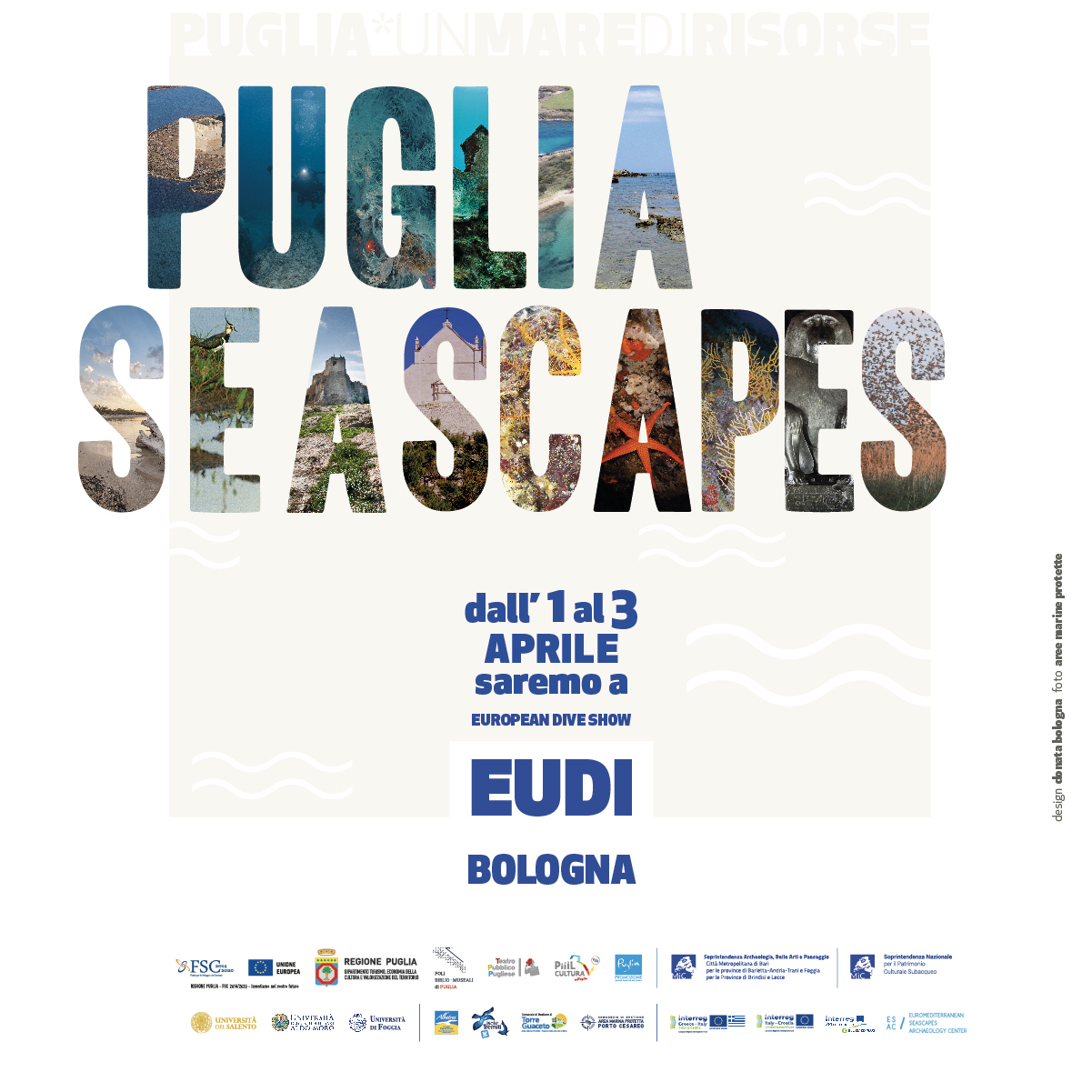The amphorae of the cargo belong, according to the few intact and fragmentary specimens recovered, to a family of containers used for the transport of wine and known as "ancient Greek-Italian amphorae", produced between the IV and III century BC in southern Tuscany, Lazio, southern Italy, Sicily and on the Adriatic side of the peninsula. The generalized adoption of this type of amphora (from the Ionian to Sicily, from the Tyrrhenian to the Adriatic) shows the will of these regions, which have now entered the political and economic orbit of Rome, to use an immediately recognizable container and universally accepted on extra-regional markets, which also corresponds to a "standardized" measurement system: amphora in the Roman world also corresponded to a unit of measurement, equal to 25-26 litres, more or less the capacity of Grade 2 amphorae.

The chronology of the cargo, second half of the third century BC, is extremely interesting; it would be the oldest amphorae cargo of the north-central Adriatic, moreover prior to the foundation of the colony of Aquileia (181 BC), a fundamental moment on which the development of the entire north-eastern Italian region is based.

Where did the ship carrying these amphorae come from and where was it headed?
To date we do not have enough elements to say it. However, we know that similar amphorae were numerous in the large emporiums located near the Po delta, such as Adria (from which the Adriatic takes its name) and Spina (Etruscan centre), and were produced along the Romagna coast, in Cattolica.

The presence of a ship loaded with Greek-Italic amphorae, perhaps produced in the upper Adriatic and therefore containing local wine, could be another sign of the advance of Rome towards the east (which had already founded the Rimini colonies in 268 BC. and Brindisi in 244 BC), for the exploitation of the fertile agricultural territories of this side and the control of routes directed to the East.
During two campaigns between 2012 and 2015, a modular metal structure (removable frame and grids) was installed to protect the wreck and allow its direct use even if, to date, the wreck cannot be visited.
An “in situ” enhancement project was launched on this field within UnderwaterMuse. The project foresees the superficial highlighting of the wreck, the perimeter and its protection through metal grids of the same type as those already put in place. This operation will make it possible for sport divers to know and enjoy this important discovery.



